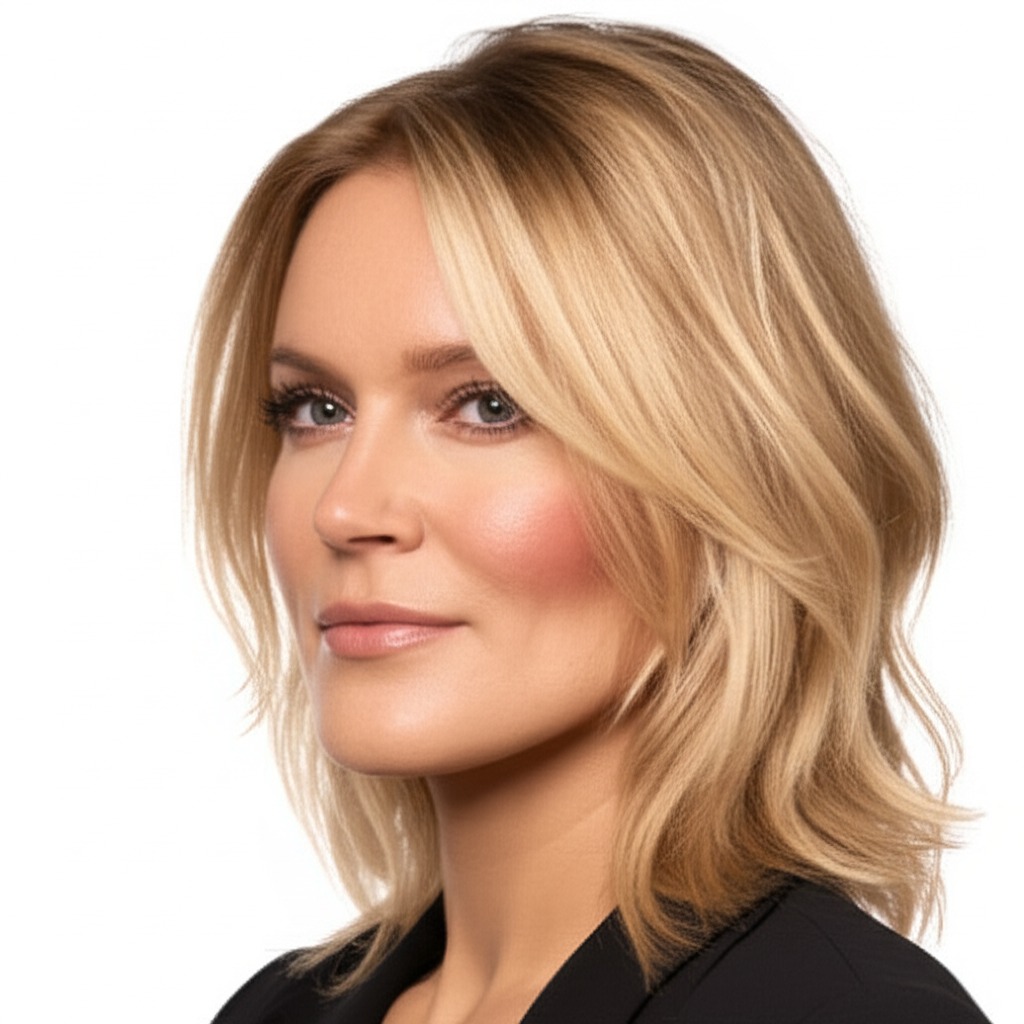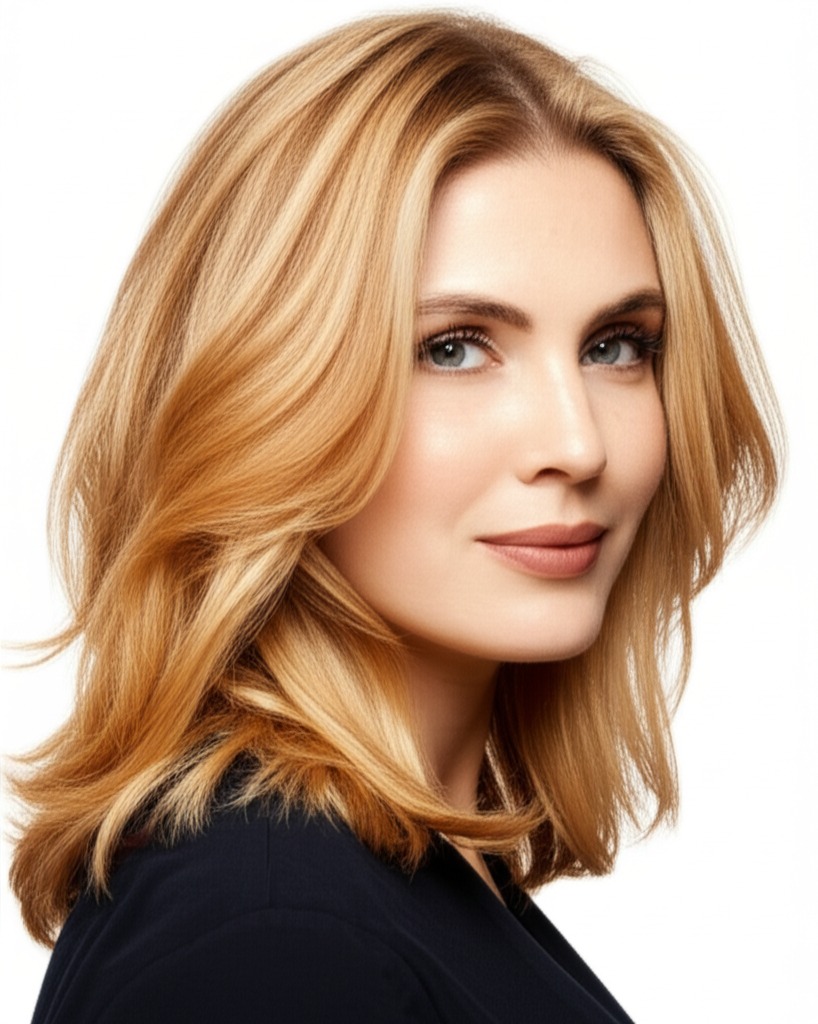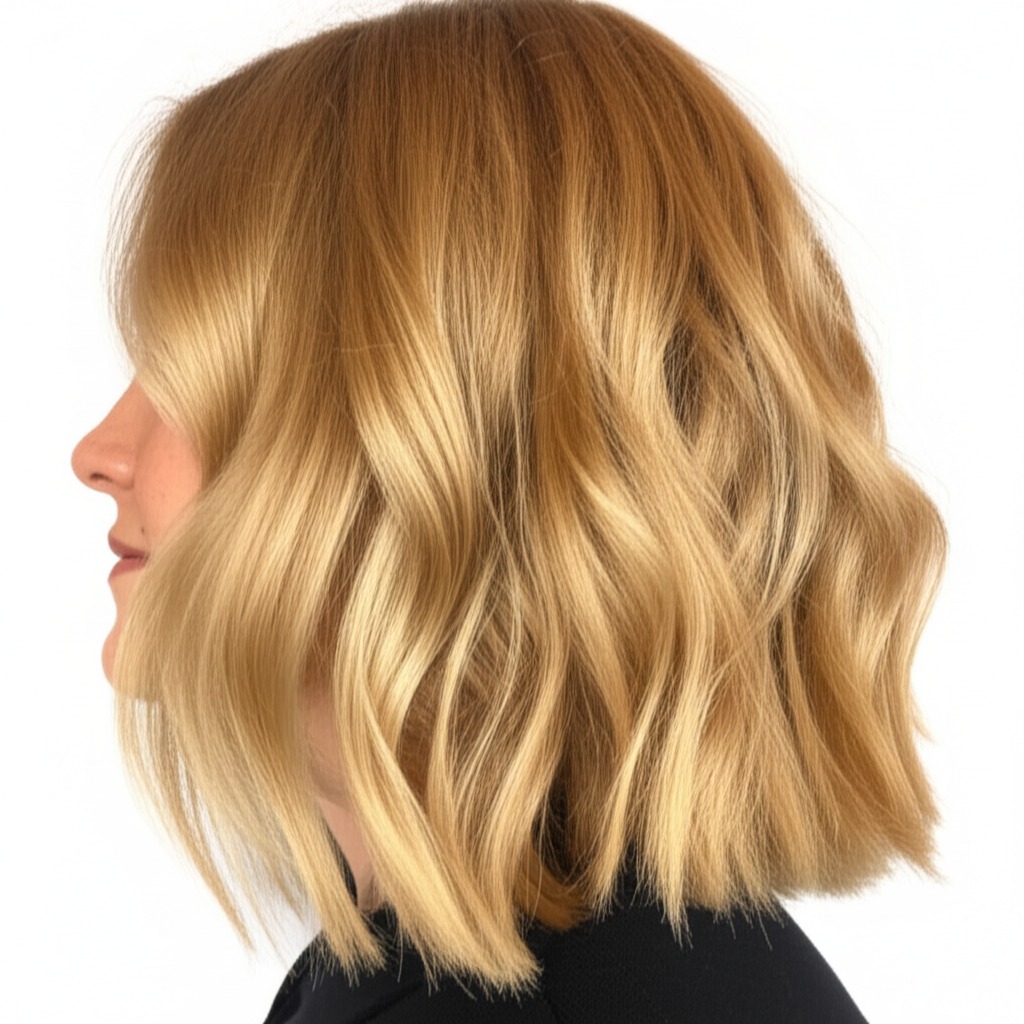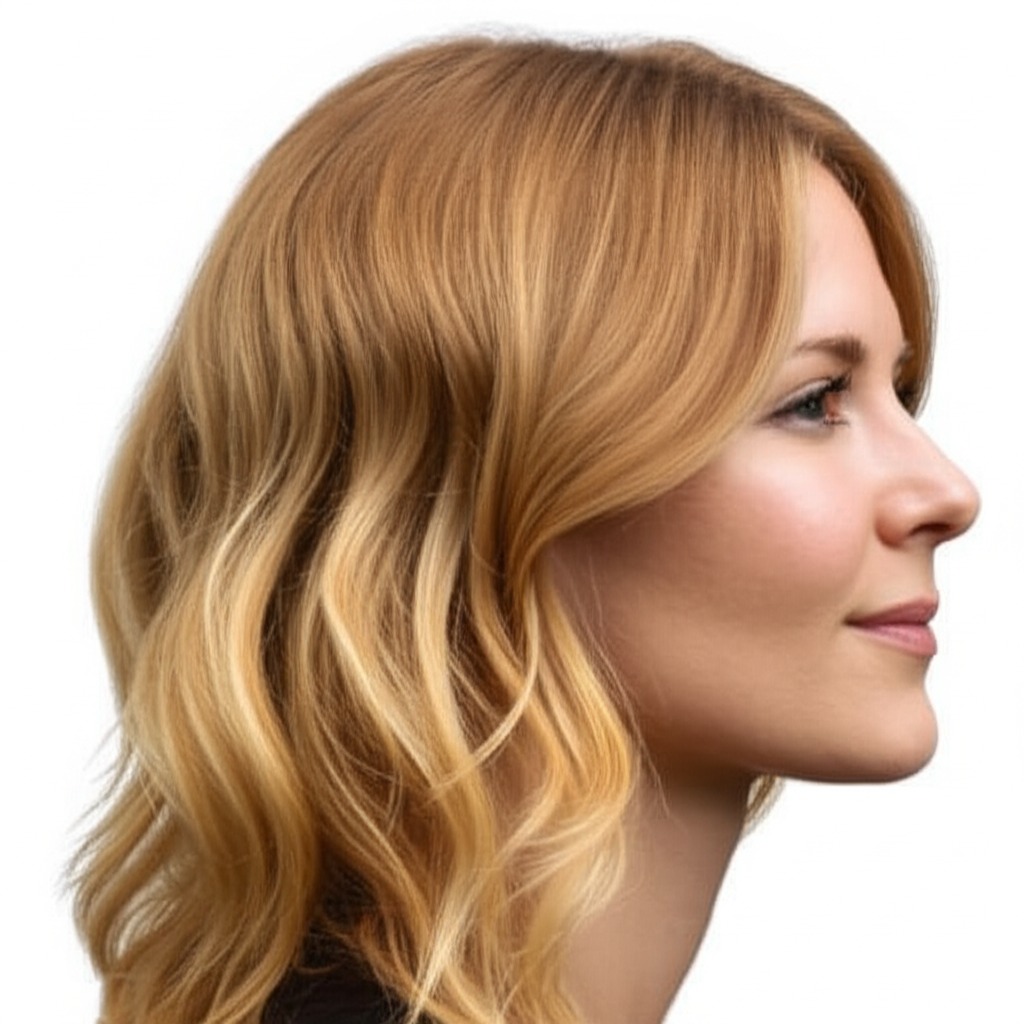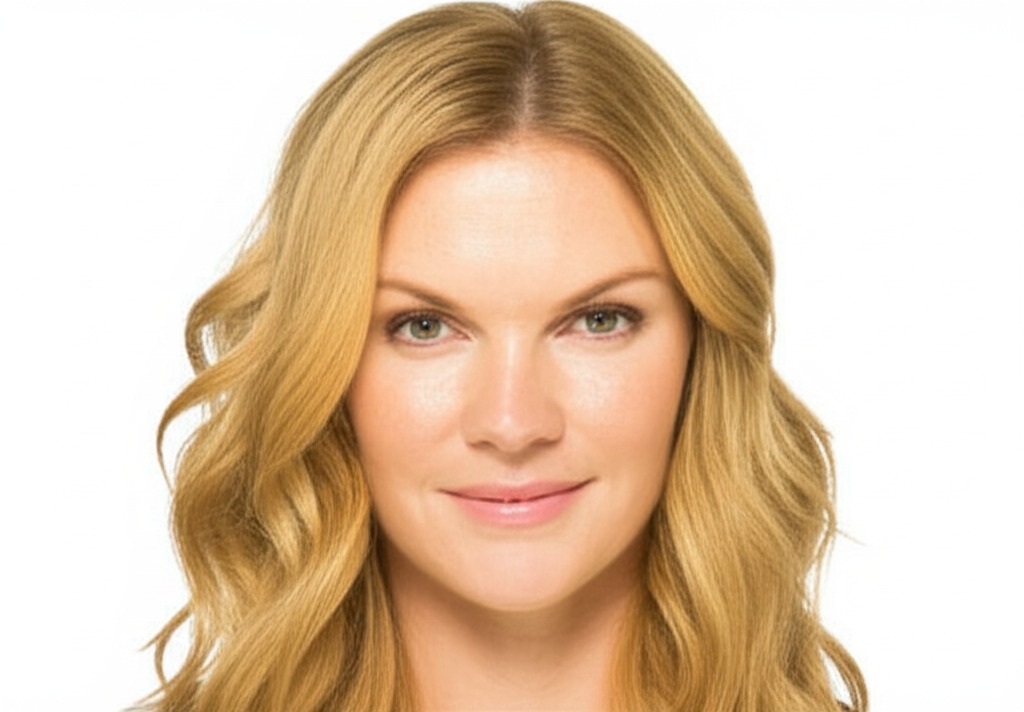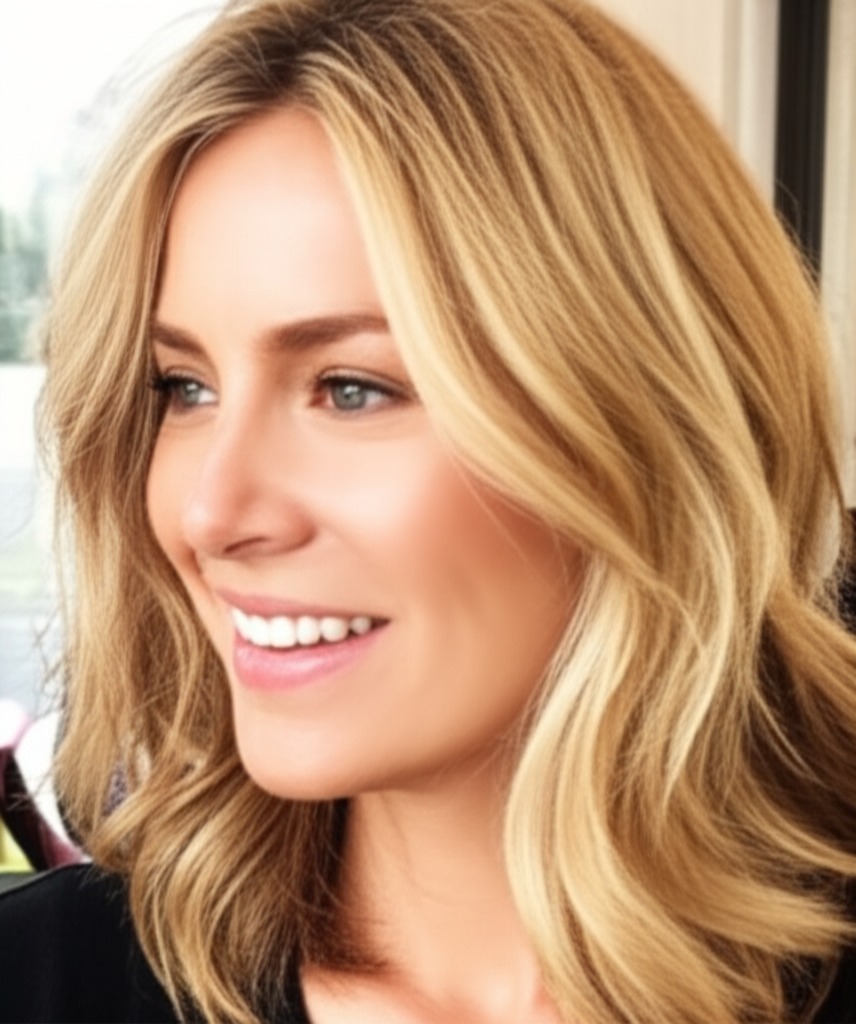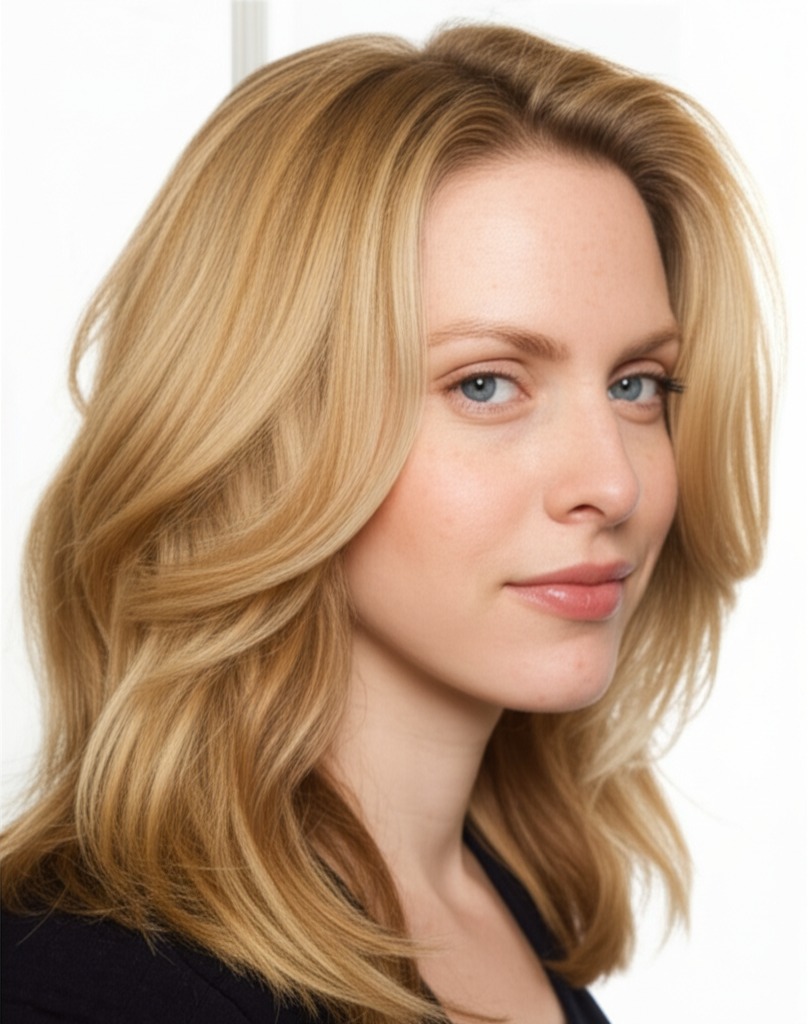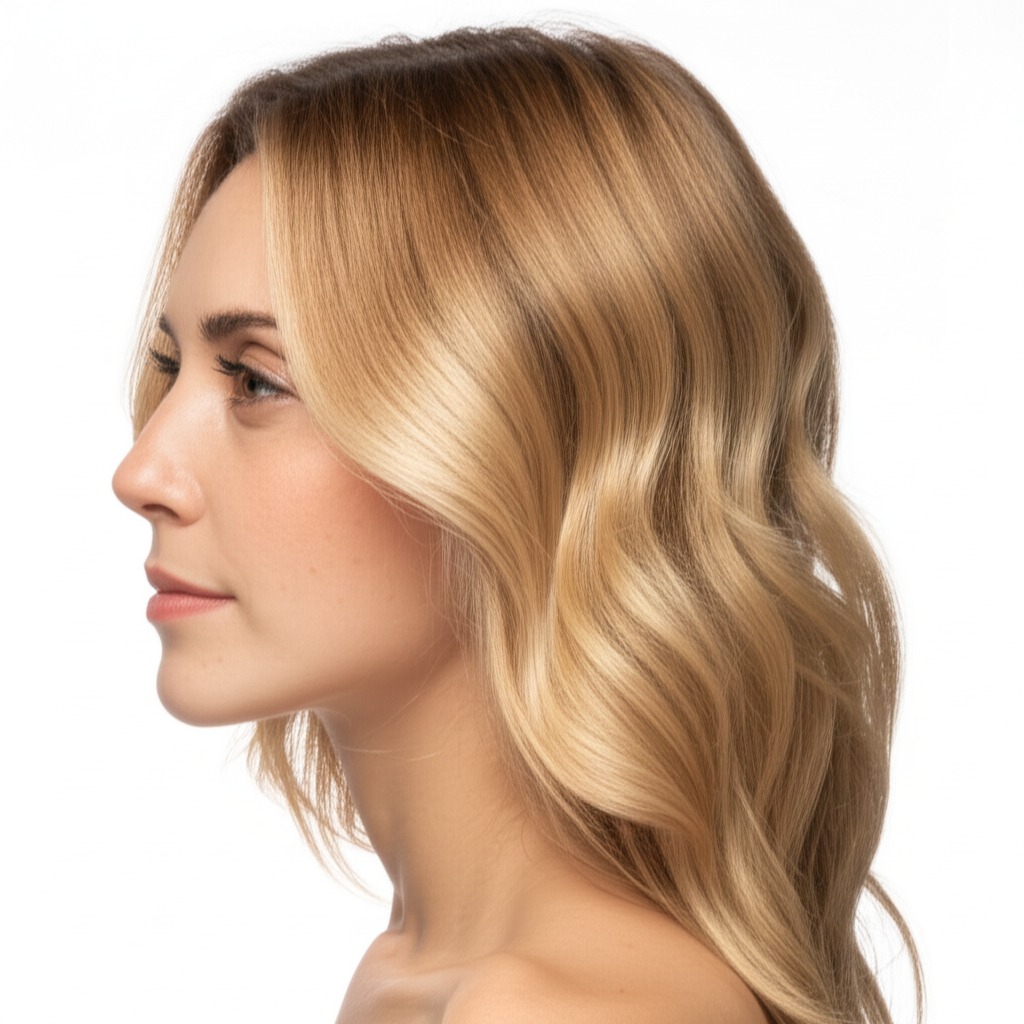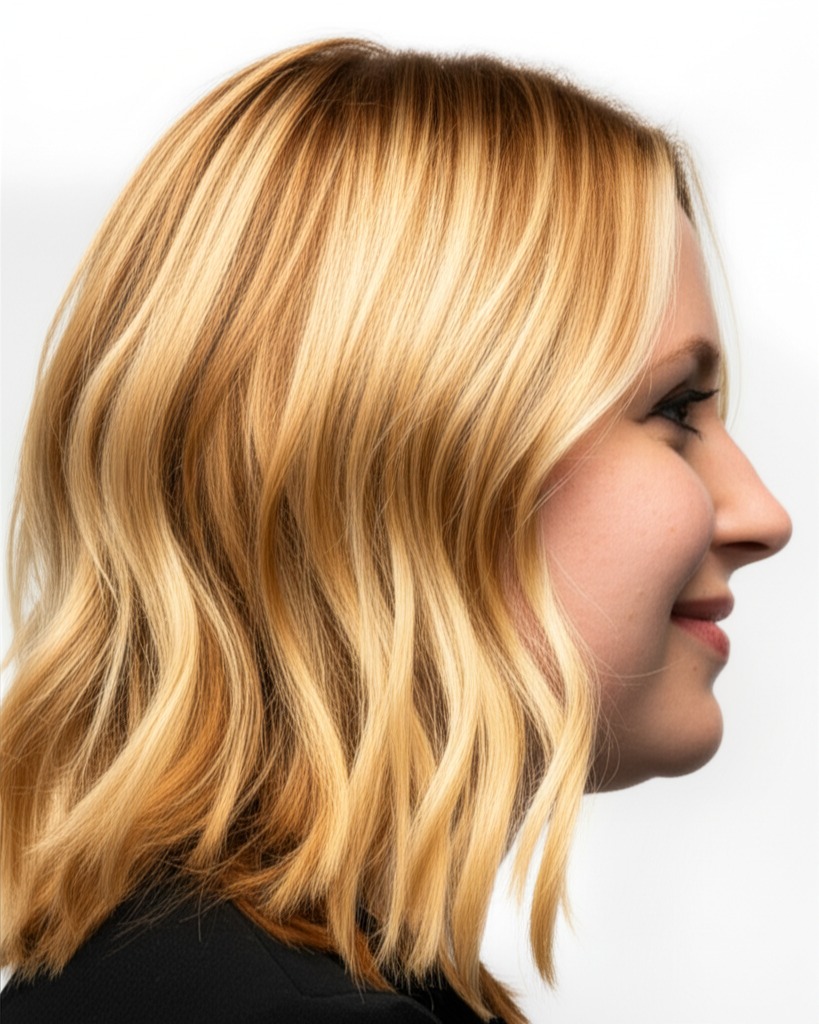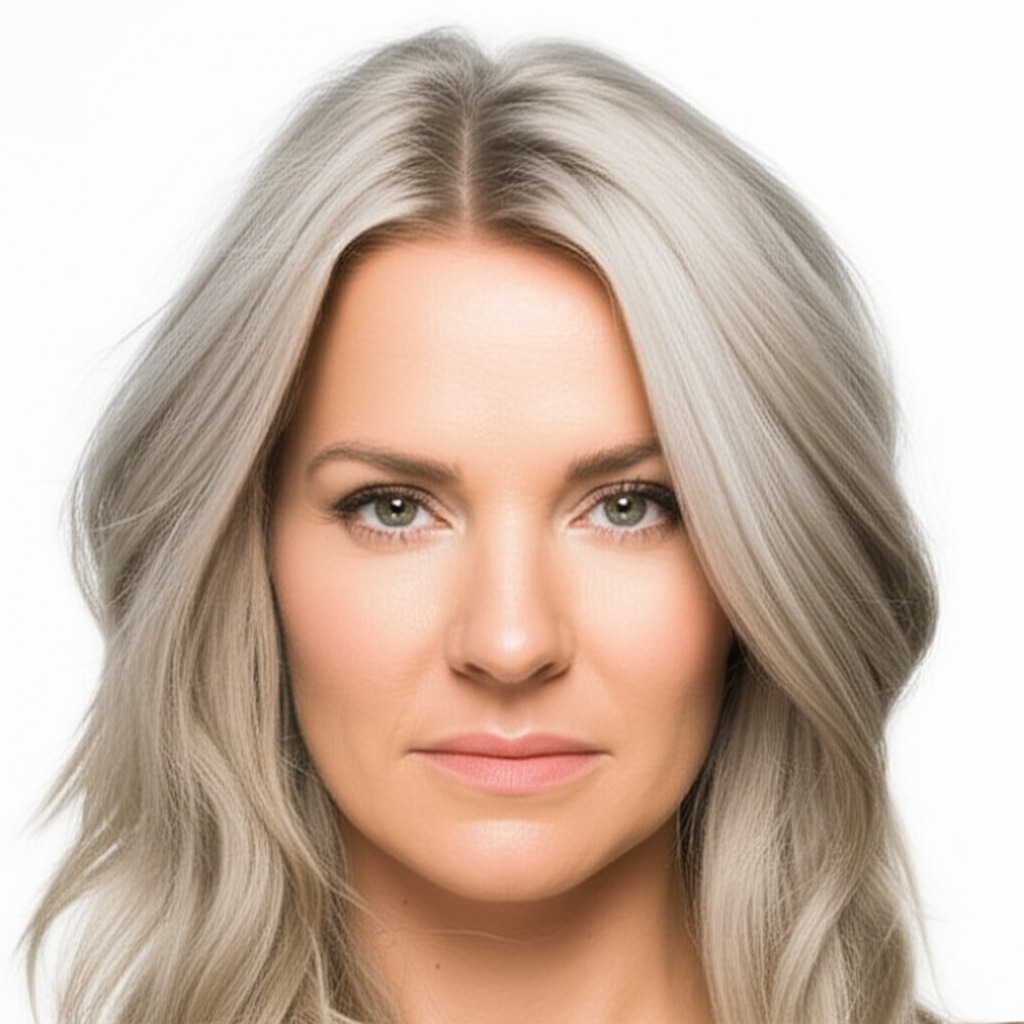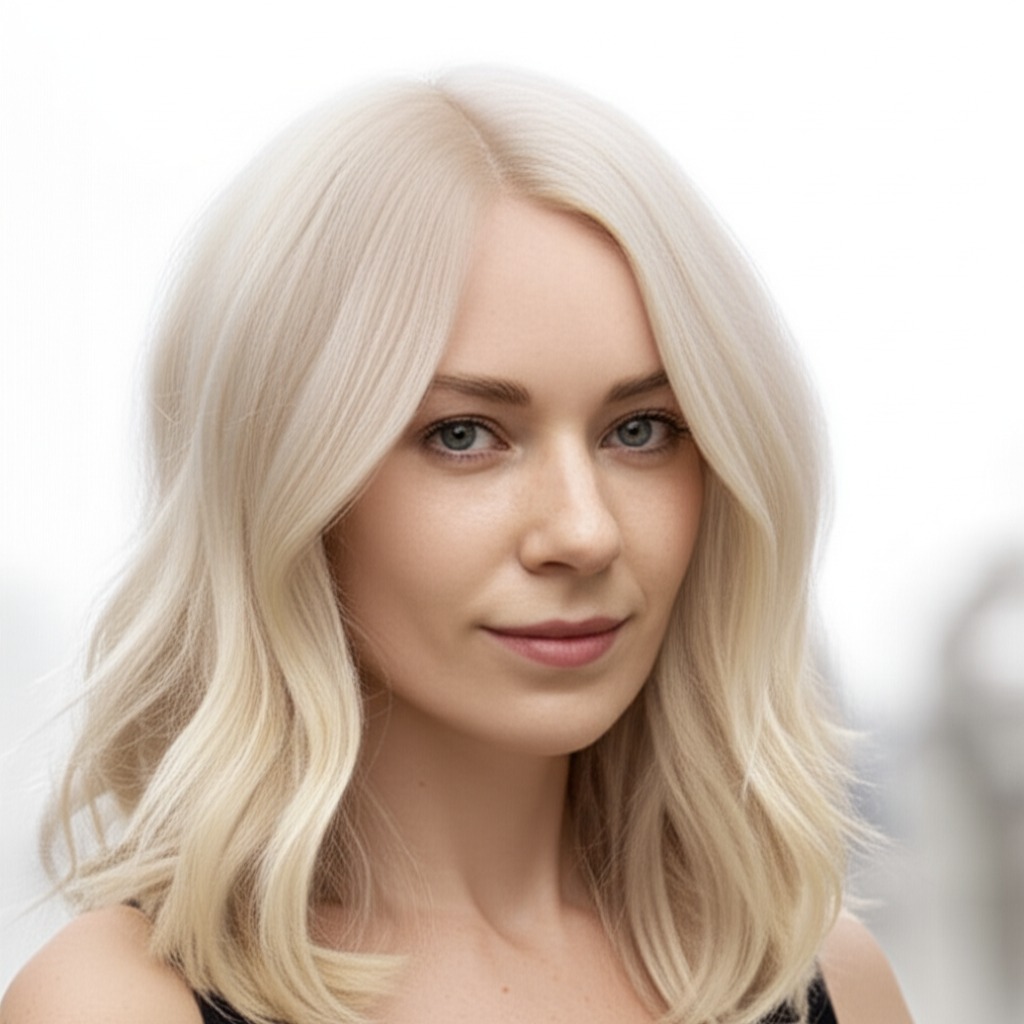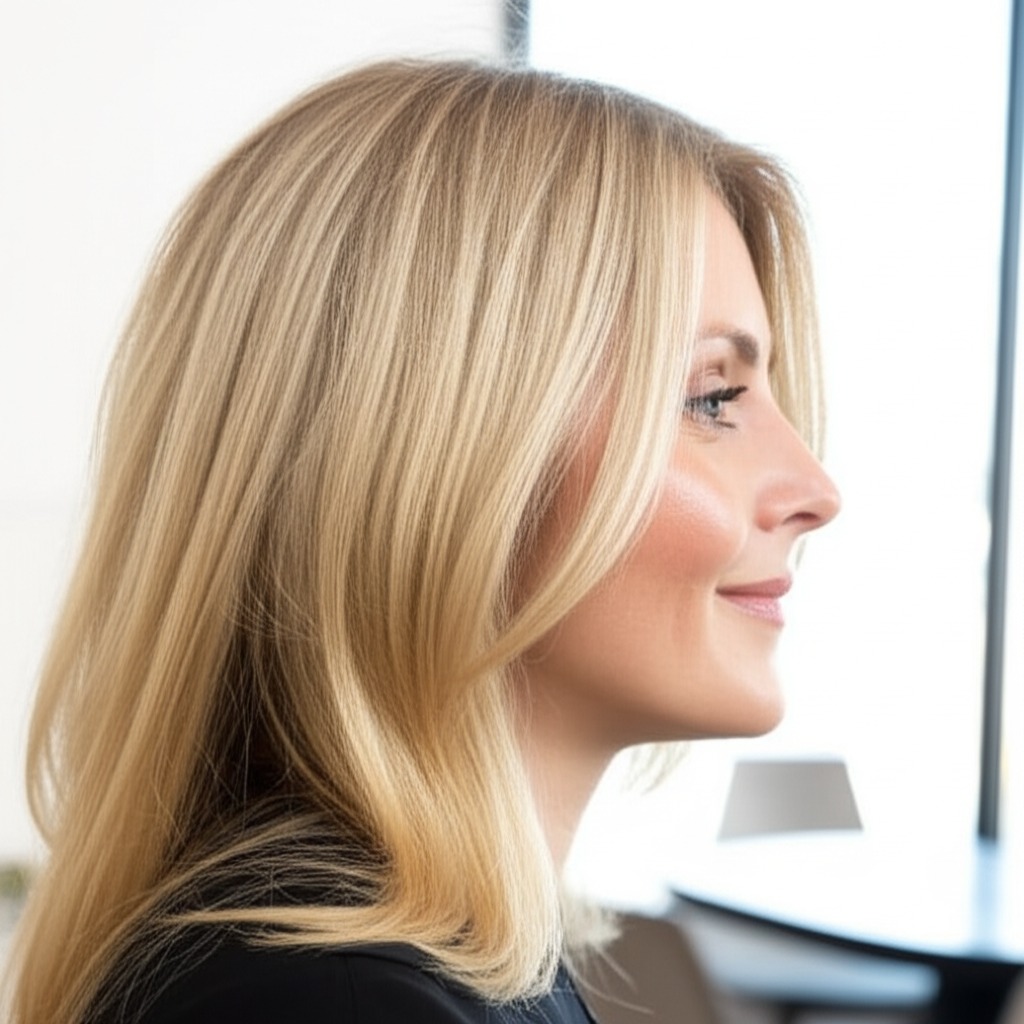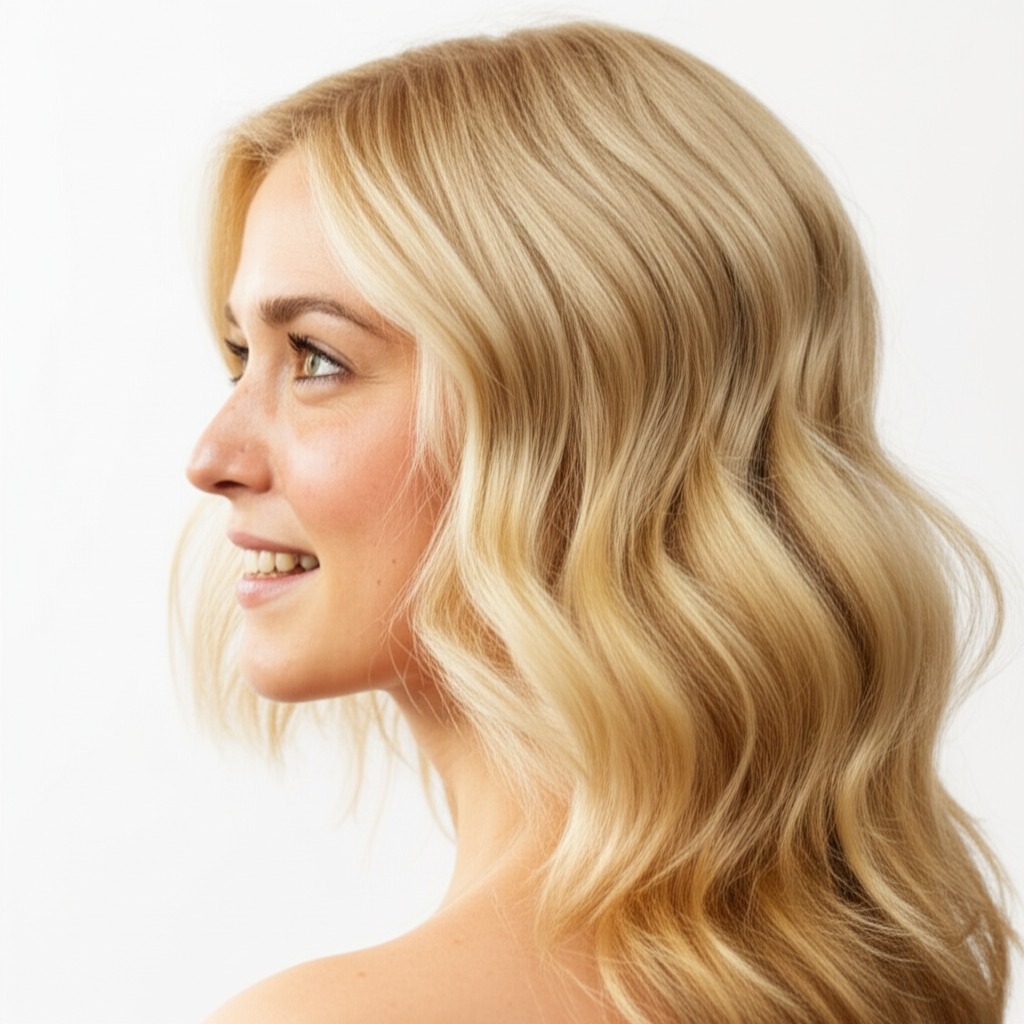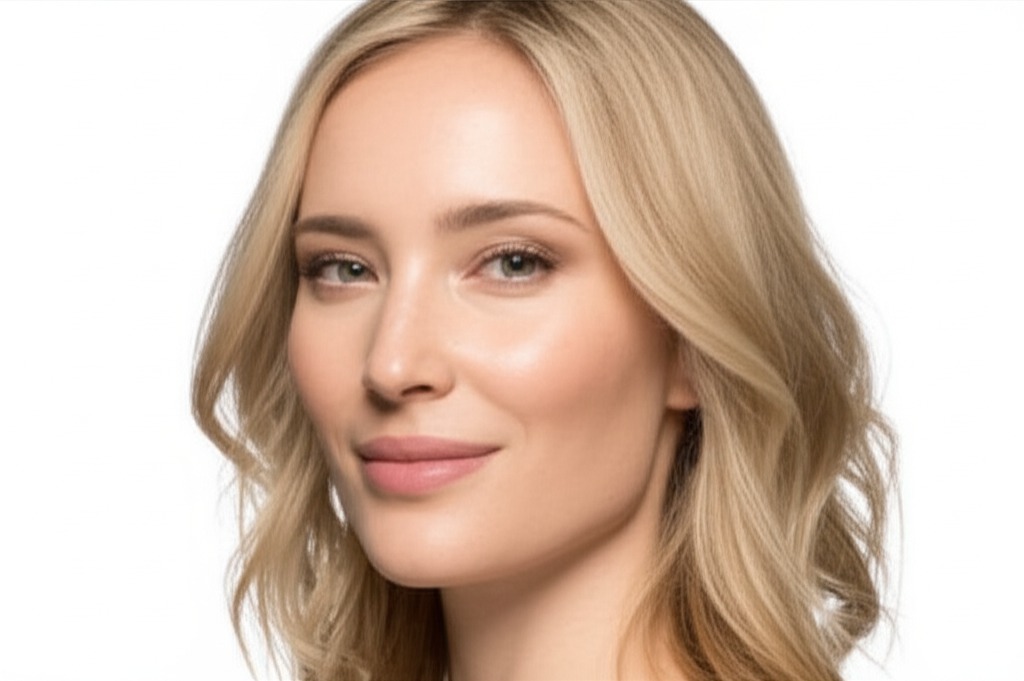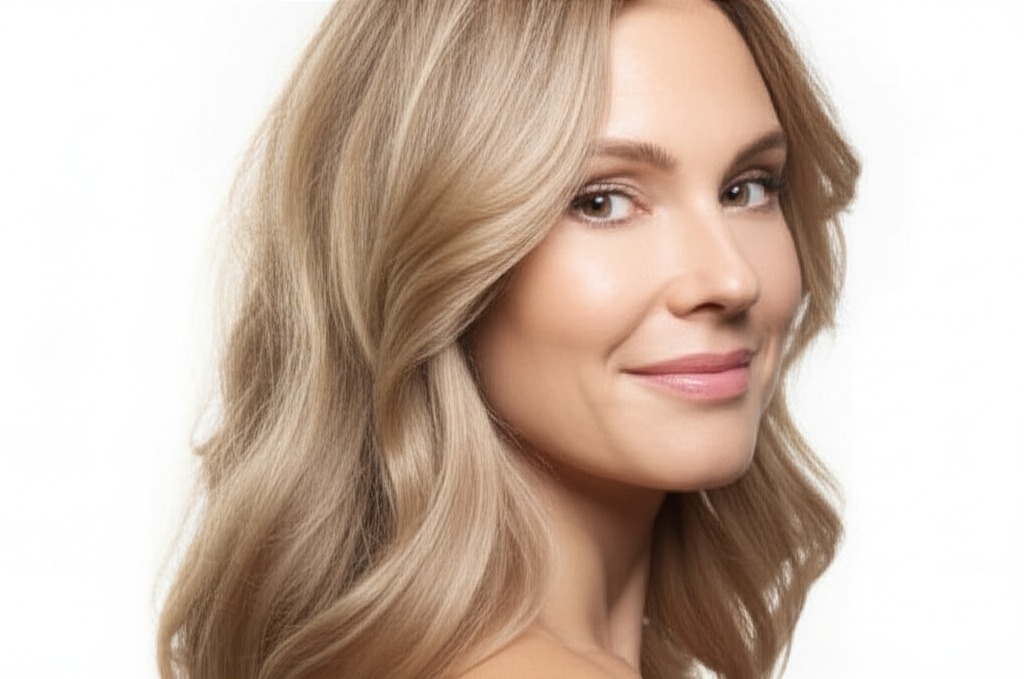#Golden Hour Glow: Your Guide to Honey Blonde Hair Color
Honey blonde – it evokes images of sun-drenched fields, warm honeycombs, and a radiant, healthy glow. It’s a universally flattering shade but achieving your perfect honey blonde requires understanding its nuances. This guide breaks down everything you need to know about this beautiful color, from choosing the right tone to keeping it looking fresh.
#1) Understanding Honey Blonde: Tone & Depth
Honey blonde isn't just one thing! It’s a family of shades defined by two key elements: undertone and depth (often referred to as “levels” in salon speak).
Undertones: This is the subtle hue within the blonde.
- Warm Honey Blonde: The most common type, featuring golden, caramel, or even reddish-brown hints. Think of actual honey – it's rarely a pure yellow! This is what people usually picture when they think "honey blonde."
- Neutral Honey Blonde: A balanced blend with minimal warm or cool tones. These are harder to achieve and require careful color matching.
- Cool Honey Blonde (Rare): Contains hints of ash, beige, or even a touch of silver. These are less common for honey blonde as it naturally leans warm but can be created through precise toning techniques.
Depth/Levels: Levels refer to how light your hair is on a scale from 1 (very dark) to 10 (platinum). Honey blondes typically fall between levels 7-9, though this depends on your natural starting point and desired intensity. A level 7 honey blonde will be richer and deeper than a level 9.
#2) Who Does Honey Blonde Flatter?
Honey blonde is surprisingly versatile! However, understanding how it interacts with your features helps ensure the best results.
Skin Tone & Undertone:
- Warm Skin Tones (yellow or golden undertones): This is where honey blonde really shines! The warmth in the color complements warm skin beautifully, creating a harmonious look.
- Neutral Skin Tones: Honey blonde can work well, but you'll want to consider the specific shade – a warmer honey will generally be more flattering than a cooler one.
- Cool Skin Tones (pink or blue undertones): While less traditional, honey blonde can work with cool skin if it’s carefully balanced and toned down with ashier tones to prevent looking brassy. It's best discussed in detail with your stylist.
Eye Colors: Honey blonde complements a wide range of eye colors:
- Blue/Green Eyes: The warmth enhances the vibrancy of these eyes.
- Brown Eyes: Creates a striking contrast and brings out their richness.
- Hazel Eyes: The golden tones often highlight hazel's multi-faceted nature.
Natural Level Starting Points:
- Darker Hair (Levels 1-4): Requires more sessions to lift the hair gradually, minimizing damage. Expect a significant time and financial investment.
- Medium Brown Hair (Levels 5-6): A good starting point for achieving honey blonde with fewer adjustments.
- Lighter Brown/Dark Blonde Hair (Levels 7-9): Often requires minimal lifting and primarily focuses on toning to achieve the desired honey shade.
#3) Technique Options: Achieving Your Honey Glow
The application method drastically impacts the final look and maintenance.
- Single Process: Covers all hair in one color, best for a solid, even tone (less common with honey blonde).
- Highlights/Lowlights: Adds dimension by lightening some strands while keeping others darker. Can be used to create depth and movement.
- Babylights: Very fine highlights that mimic the natural sun-kissed look of children’s hair – a soft, blended approach.
- Gloss/Toner: A semi-permanent color applied after lightening to refine the tone (essential for honey blonde!). It neutralizes unwanted tones and adds shine.
- Balayage-Effect vs. Solid: Balayage involves hand-painted highlights that create a soft, gradual transition – more natural and lower maintenance than traditional foil highlighting. A solid application means even color saturation from root to tip.
#4) Maintenance & Longevity: Keeping Your Color Vibrant
Honey blonde requires commitment!
- Wash Frequency: Limit washes to 2-3 times per week using a color-safe shampoo.
- Toner Refresh: Typically every 6-8 weeks, depending on how quickly your hair fades and the desired intensity.
- Root Growth Pacing: Discuss with your stylist how frequently you want to address root growth. Balayage allows for more gradual blending as roots grow in.
- Budget/Time Planning: Expect a significant initial investment (several hours at the salon, potentially multiple sessions). Ongoing maintenance adds up – factor in toner appointments and product costs.
#5) Seasonality & Pairing with Cuts: Style it Right!
Honey blonde adapts beautifully to different seasons and hairstyles.
- Seasonal Tweaks:
- Spring/Summer: A brighter, more golden honey is perfect for a sun-kissed vibe.
- Fall/Winter: Richer, deeper caramel tones add warmth and depth during cooler months.
- Haircut Pairings:
- Bob & Lob: Honey blonde creates a chic, modern look with sharp lines.
- Long Layers: Enhances movement and dimension – the color will catch the light beautifully.
- Pixie Cut: A bold choice that showcases the vibrancy of honey blonde.
#6) At-Home Care: Protecting Your Investment
Proper at-home care is crucial for maintaining your honey blonde's health and shine.
- Sulfate-Free Shampoo & Conditioner: Sulfates strip color, leading to faster fading.
- Clarifying Cadence: Use a clarifying shampoo (designed to remove buildup) occasionally (every 4-6 weeks), but not too frequently as it can dry out hair.
- Heat Protection: Always use heat protectant spray before using styling tools like blow dryers, straighteners, or curling irons.
- Color-Safe Styling Products: Opt for products specifically formulated for color-treated hair.
- Product Checklist: Color-safe shampoo & conditioner, heat protectant, leave-in conditioner (especially important if your hair is dry), purple shampoo/conditioner (to combat brassiness – use sparingly!).
#7) Common Pitfalls: Avoiding the Oops!
- Brassiness: The biggest concern. Caused by oxidation and mineral deposits in water. Use a purple shampoo/conditioner occasionally.
- Banding: Uneven color distribution, often caused by improper application or overlapping lightener. Requires correction from a skilled stylist.
- Patchiness: Inconsistent lifting – can be avoided with proper foil placement or balayage technique.
#8) Pros & Cons: Weighing Your Options
Pros:
- Universally flattering (with the right shade).
- Adds warmth and radiance to your complexion.
- Versatile for different hair lengths and styles.
Cons:
- High maintenance – regular toning is a must.
- Can be damaging if not done correctly or with proper aftercare.
- Fades faster than darker colors.
#9) Salon Consultation Script: Setting Expectations
Before you book your appointment, have this conversation!
- "What's my natural hair level and previous color history?" (Essential for accurate assessment).
- "I want a honey blonde – can we discuss the specific undertone I’m looking for? (Warm, Neutral or Cool)"
- "How many sessions will it take to achieve this look based on my current color?"
- “What is the recommended maintenance schedule and associated costs?”
- "Can you show me examples of honey blonde shades that would suit my skin tone and eye color?"
- "What at-home care products do you recommend for maintaining my honey blonde hair?"
#10) FAQs: Your Burning Questions Answered
- How long does honey blonde last? The base color can last several weeks, but the toner fades faster (4-8 weeks).
- Can I go from dark brown to honey blonde in one session? Generally no – it's best done gradually to minimize damage.
- Will honey blonde make my hair dry? Lightening can be drying; proper care and conditioning are essential.
- Is purple shampoo necessary for honey blonde? It can help neutralize brassiness, but overuse can create a cool or ashy tone – use sparingly!
- Can I do this at home? While possible, achieving professional-quality results is difficult without experience and the right products. It’s best left to the pros.
- What if my honey blonde turns orange? It likely means your hair hasn't lifted enough or needs a more corrective toner.
- How do I know if I have warm or cool undertones in my skin? Look at the veins on your wrist – blue/purple indicates cool, green indicates warm, and a mix suggests neutral.
This comprehensive guide provides a starting point for achieving your dream honey blonde hair color! Remember to consult with a qualified stylist who can assess your individual needs and create a personalized plan for beautiful, long-lasting results.
